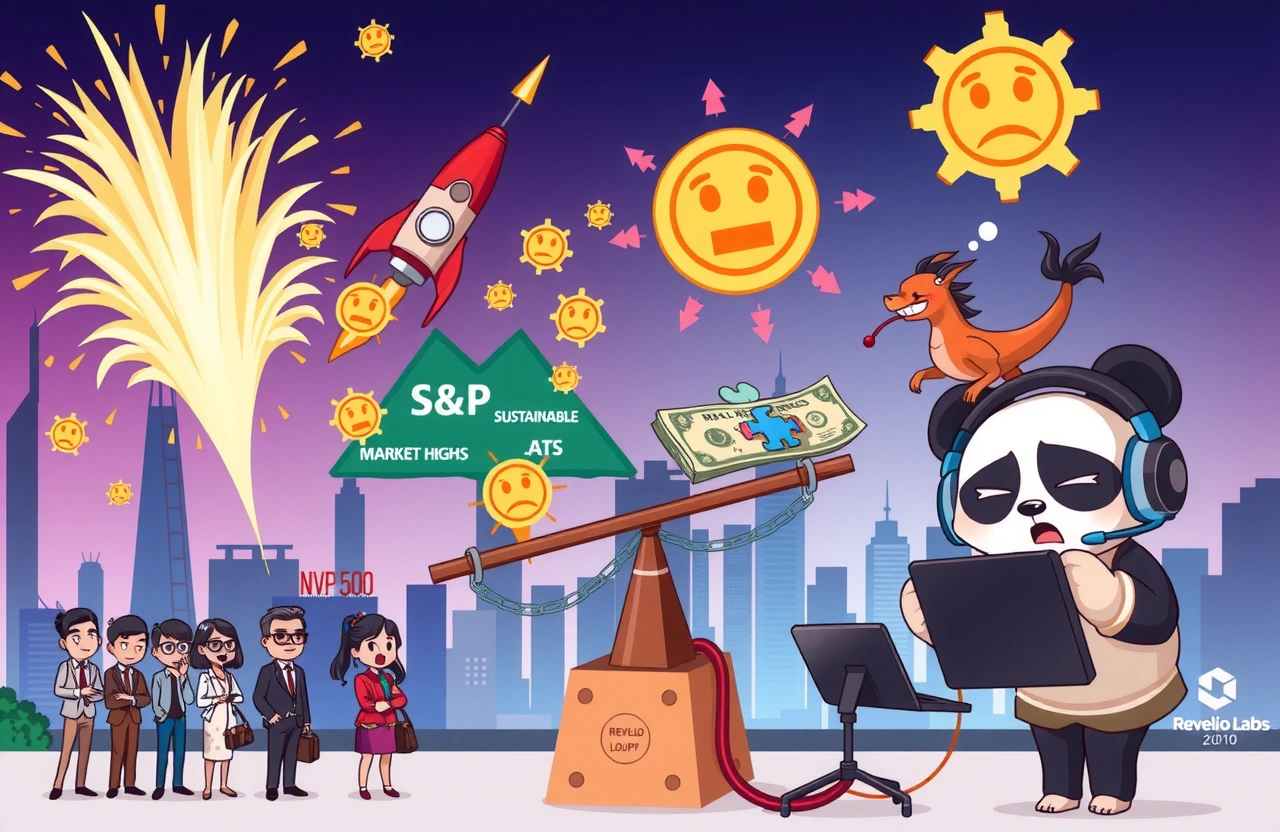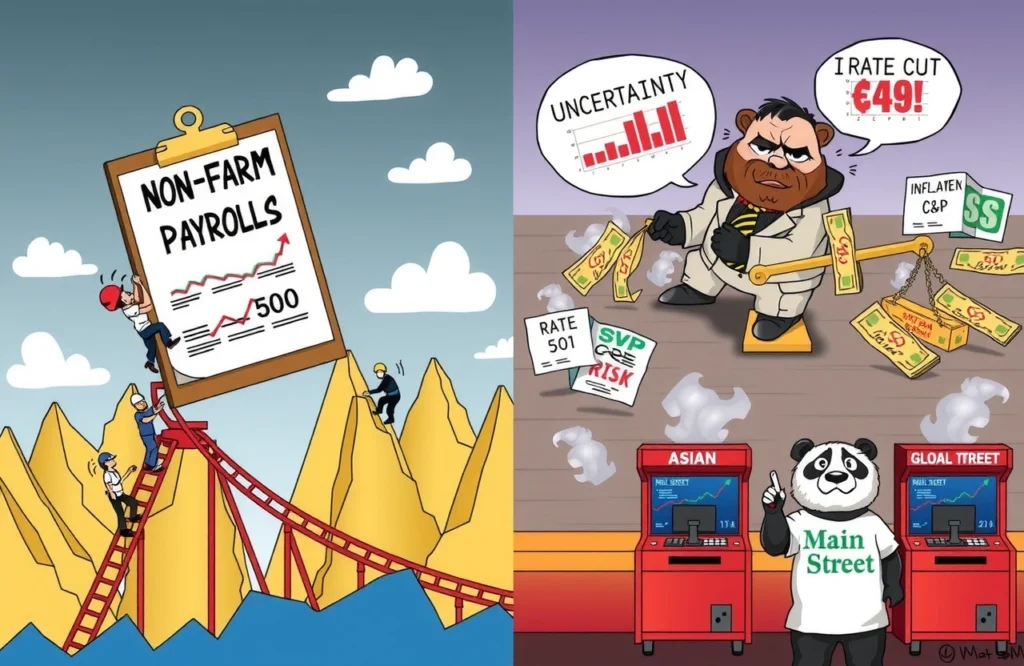The Stock Market’s Historic Peak
Wall Street recently celebrated unprecedented highs, with the S&P 500 shattering previous records amid surprisingly resilient corporate earnings. This remarkable rally persists despite persistent inflation concerns and evolving Fed policy. Yet seasoned investors watch economic indicators more intently than ever—particularly the monthly non-farm payrolls report—for signs of sustainable momentum.
The Non-Farm Payroll Report Explained
Published monthly by the Bureau of Labor Statistics (BLS), this benchmark employment survey measures:
- New jobs created in non-agricultural sectors
- Unemployment rate fluctuations
- Sector-specific wage growth patterns
- Labor force participation trends
Why Markets React So Sharply
Since its introduction in 1942, traders treat each non-farm payrolls release as both thermometer and thermostat—measuring economic health while influencing Fed interest rate decisions. Crucially:
Current Bull Market Dynamics
The Nasdaq’s 16% year-to-date surge demonstrates risk appetite returning, especially in tech stocks. Federal Reserve Governor Christopher Waller recently emphasized stability hinges on “balanced employment gains without inflationary overheating.” Historical analysis from Federal Reserve archival data shows:
- 7 of 10 bull markets continued when payrolls grew 150K+ monthly
- Average market corrections occur within 4 months of consecutive payroll declines
The Wages-Inflation Feedback Loop
Persistent above-trend wage increases (currently +4.3% YoY) present the thorniest challenge. When hiring demand outstrips worker supply—as evidenced by February’s near-record 1.4 job openings per applicant—price pressures inevitably emerge.
Balancing Growth Against Sustainability
Economists differentiate between healthy expansion and overheating through:
- Full-time vs. part-time job composition
- Prime-age (25-54) employment rates
- Benefits participation rates
The Congressional Budget Office’s latest projections suggest current hiring rates could push unemployment below 3.5% by Q3—a level historically triggering monetary intervention.
Critical Benchmarks Ahead
Market stability now rests on three converging pillars:
- Next quarter’s corporate earnings guidance
- Commodity price stabilization
- Next week’s pivotal non-farm payrolls release
Traders will scrutinize whether hospitality/construction gains offset recent tech sector layoffs.
The Forward-Looking Case
Labour analytics firm Revelio Labs reports rising demand for AI-skilled roles could add 350K positions quarterly through 2024. Such innovation-driven hires typically command higher wages without immediate inflationary impacts—potentially extending market optimism.
Manufacturing Renaissance Signals
The bipartisan CHIPS Act has generated $216 billion in factory construction since 2022. Such capital-intensive projects create lasting employment anchors—industries where new facilities yield average 12-year hiring cycles.
Threat Analysis: What Could Stumble The Rally?
Morgan Stanley’s trading desk identifies potential tripwires:
- Payrolls growth falling below 100K for consecutive months
- Services sector work hours declining >0.7% quarterly
- Credit card delinquency rates exceeding 2019 peaks
Strategic Takeaways
The stock market’s celebration clearly requires employment participation. Monitor leading indicators like:
- ADP’s private employment reports
- JOLTS quit rate trends
- Weekly unemployment claims
These provide actionable insights days before official BLS releases. For investors, defensive sectors like healthcare often outperform when employment volatility increases. The midsummer jobs report will reveal whether wage inflation cools sufficiently to maintain equities momentum while preserving purchasing power.
Subscribe for our non-farm payrolls forecast alerts and join global strategists discussing employment-driven investment pivots in our Thursday webinar series.




